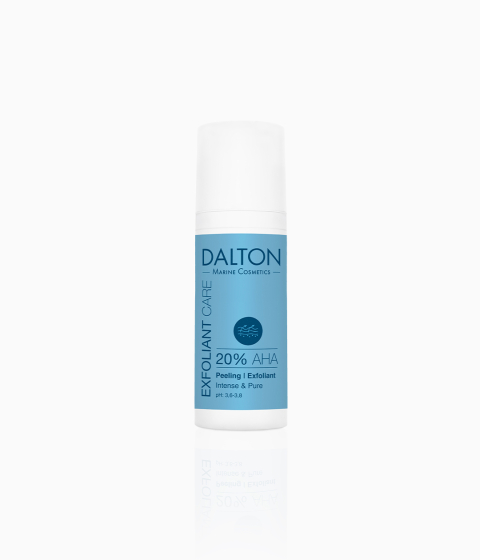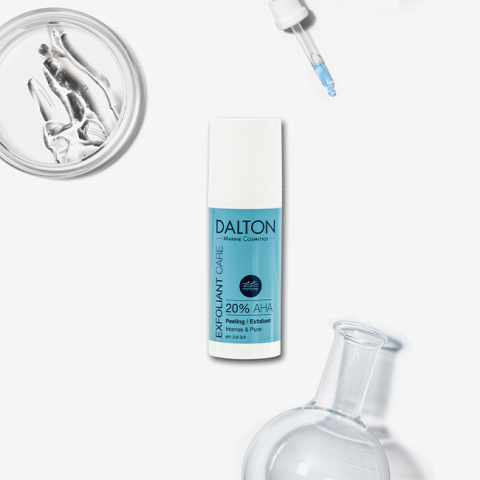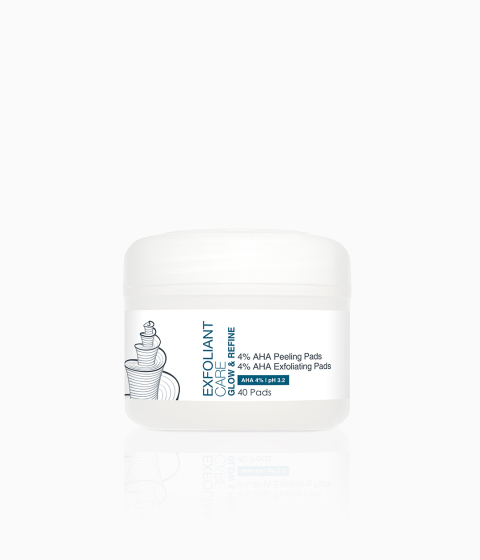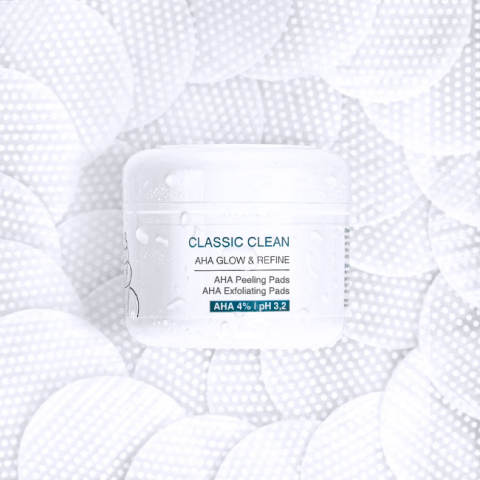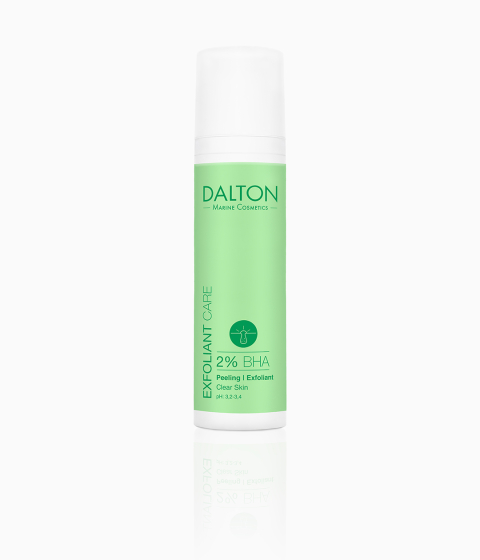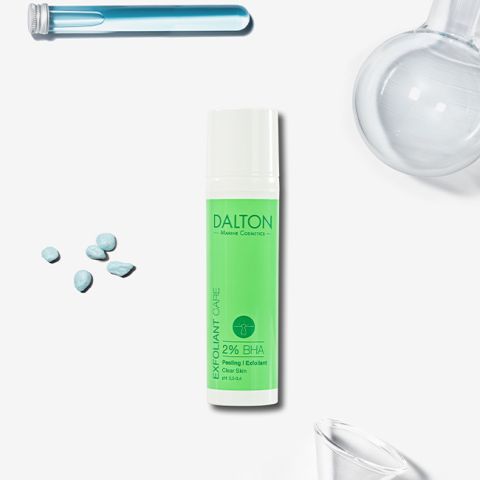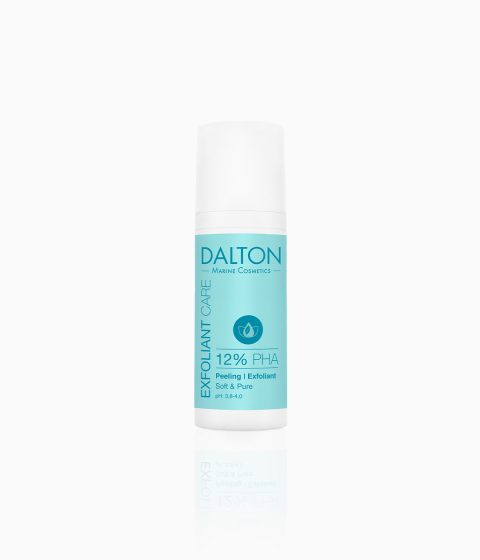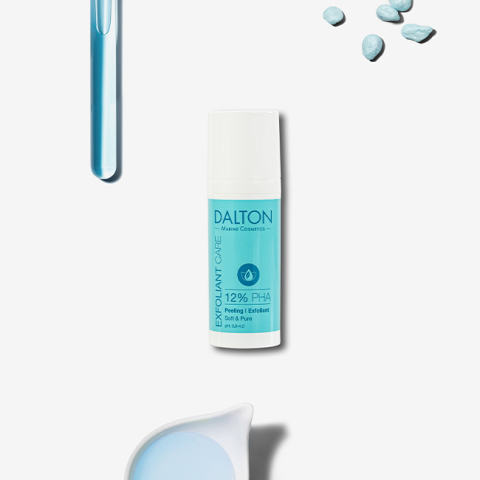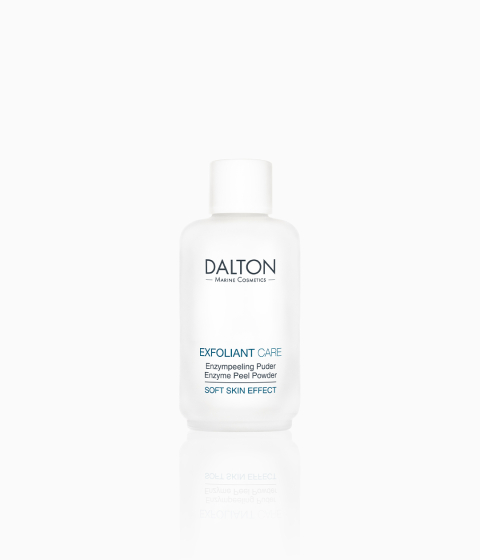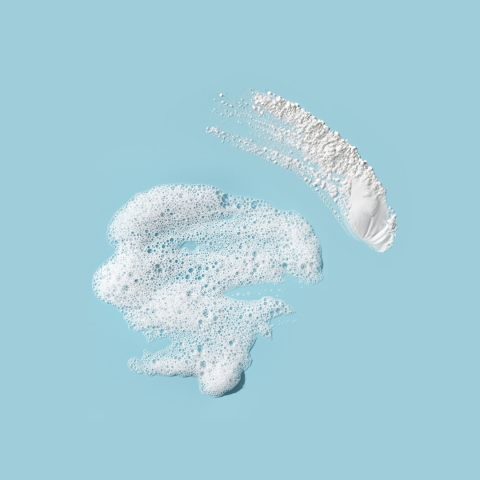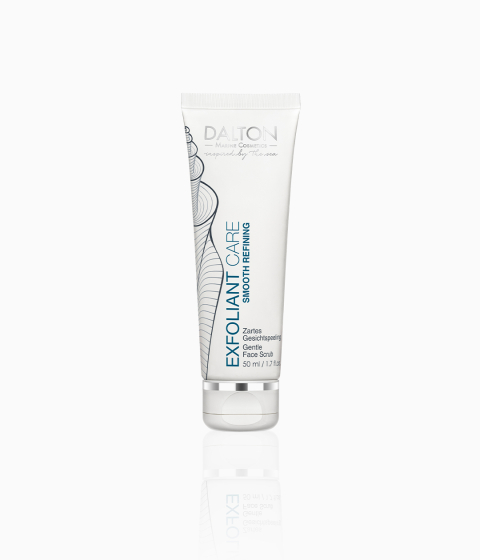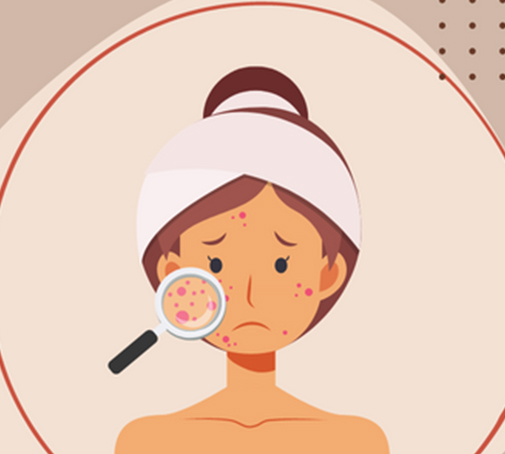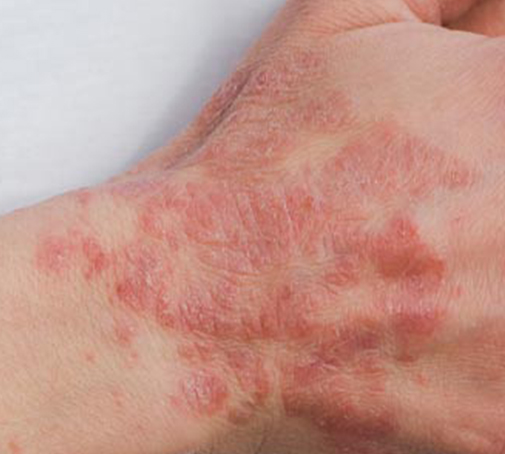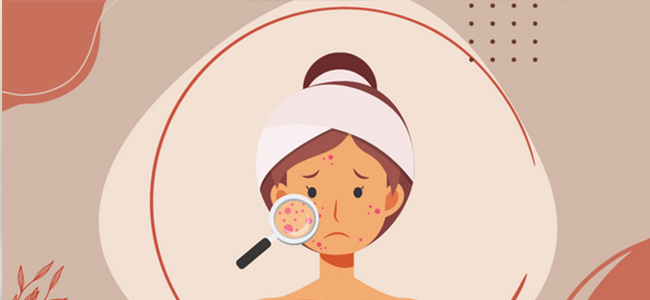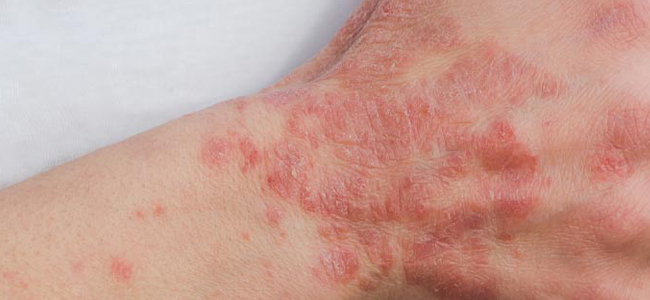
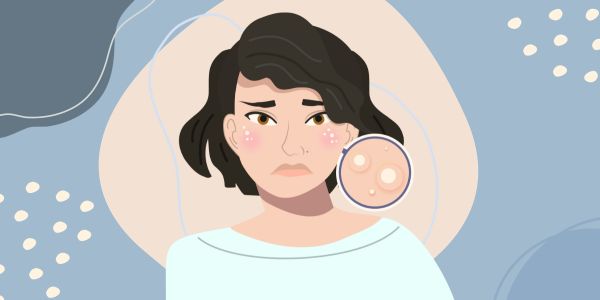
Milia
Do you have tiny white bumps on your skin? Milia are small, keratin-filled cysts that usually appear on the face. Read on to find out more about how they develop and what you can do about them.
This is what we will be exploring in this article:
• Difference between milia and pimples
• How do you get rid of milia?
This is what we will be exploring in this article:
• Difference between milia and pimples
• How do you get rid of milia?
What causes milia?
The small pearly-white bumps usually occur in the eye area, on eyelids, nose and on the cheeks. Anyone can get them, regardless of age. Milia (singular: milium) usually develop spontaneously when a build-up of keratin and dead skin cells gets trapped under the surface of the skin and creates a small cyst. But don’t worry, although they are cysts, milia are not dangerous. In most cases, they are just a cosmetic annoyance. The only place where it can become unpleasant is directly on the eyelids. These bumps are quite stubborn and it takes time for them to disappear. If you notice one, we recommend consulting an ophthalmologist and discuss suitable treatment.
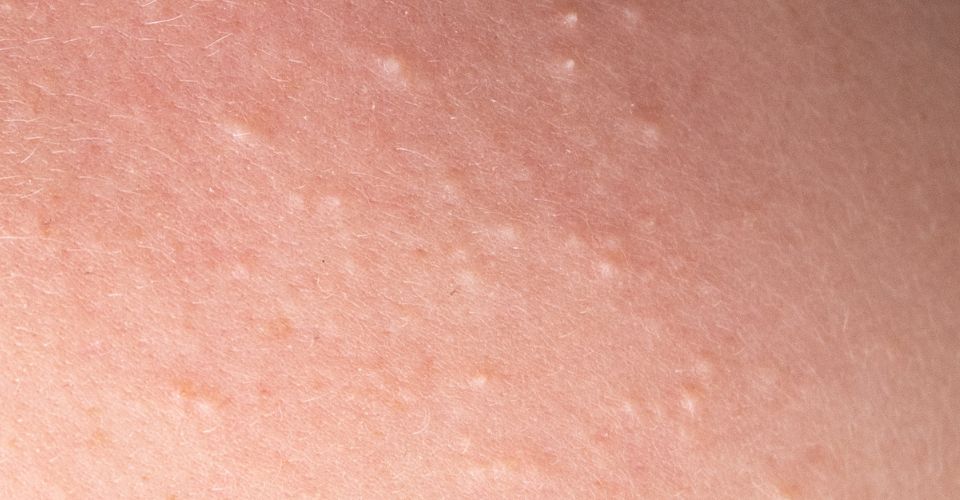



All in all, it is still not entirely clear what causes milia. It is believed that in addition to spontaneous milia formation due to entrapped keratin (primary milia), external factors can also promote the formation of small bumps on the skin (secondary milia). These include:
- Excessive UV exposure
- Smoking and alcohol
- Aggressive skincare products
- Skin damage such as burns
All in all, it is still not entirely clear what causes milia. It is believed that in addition to spontaneous milia formation due to entrapped keratin (primary milia), external factors can also promote the formation of small bumps on the skin (secondary milia). These include:
- Excessive UV exposure
- Smoking and alcohol
- Aggressive skincare products
- Skin damage such as burns
Side fact: Did you know that newborn babies can also get milia (neonatal milia)? They are often referred to as milk spots.
Difference between milia and pimples
Even if milia and pimples may look similar at first glance, they are two completely different skin conditions. The biggest difference lies in their origin. While milia are basically just an accumulation of old skin cells that got trapped, pimples are caused by an excess of sebum. This leads to clogged pores and develops into a comedo or pimple.
How do you get rid of milia?
They usually disappear on their own within a few weeks or months. If they bother you, you can also have them removed by a dermatologist or esthetician. They use a sterile needle to make a prick in the surface of the skin and extract the contents of the cyst.
Please never try to remove milia yourself! The risk of injury is too high and the wound can become infected!
How to prevent milia – Suitable skincare
Even if you can’t remove milia yourself, you can use the right skincare products to prevent them from appearing in the first place. If you are prone to milia, regular exfoliation is essential. That will remove dead skin cells, so they can’t accumulate to form a cyst. However, it is important to use a product that suits your skin type. Make sure you cleanse your face and remove any make-up before applying the exfoliant.
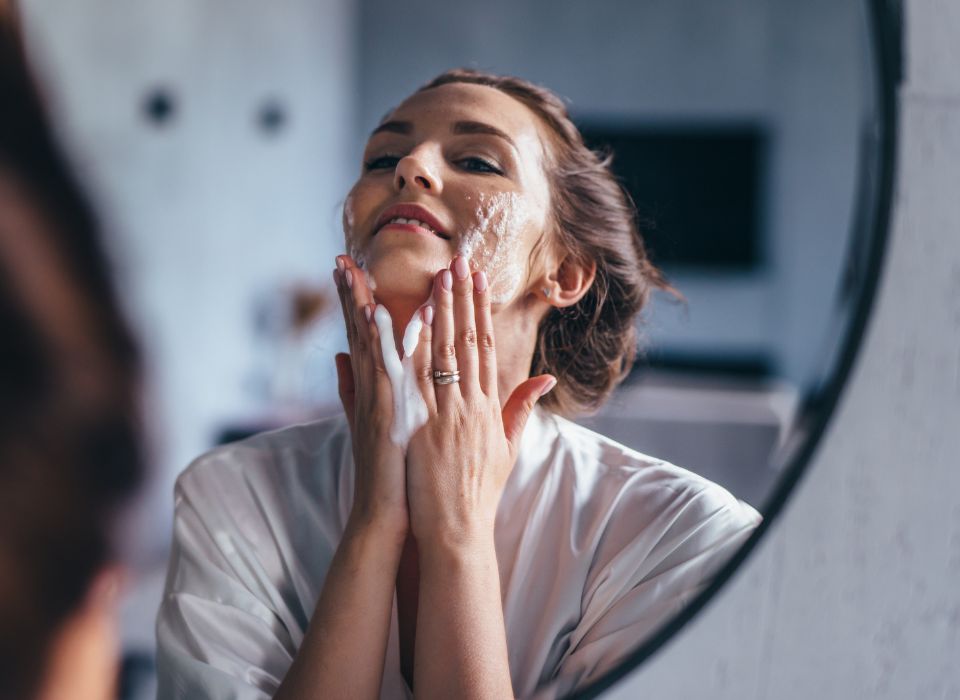



Normal or dry skin: For normal and dry skin you can either use our AHA Exfoliant or the Gentle Face Scrub. The AHA Exfoliant is a chemical peel that not only removes dead skin cells, but also stimulates collagen and hyaluronic acid production. The Gentle Face Scrub is a classic mechanical exfoliant, which exfoliates the skin with tiny silica granules and leaves a smooth and refined complexion.
Blemish-prone, oily skin: Our BHA Exfoliant is ideal for this skin type. The chemical peel with salicylic acid regulates keratinization disorders, stimulates regeneration and promotes clear skin.
Sensitive skin: If you have sensitive skin, you should use a gentle exfoliant that is not too irritating for your skin. Our PHA Exfoliant gently removes dead skin cells and strengthens the skin barrier at the same time. Another alternative would be our Enzyme Peel. It refines the skin’s texture without any rubbing or scrubbing.
Normal or dry skin: For normal and dry skin you can either use our AHA Exfoliant or the Gentle Face Scrub. The AHA Exfoliant is a chemical peel that not only removes dead skin cells, but also stimulates collagen and hyaluronic acid production. The Gentle Face Scrub is a classic mechanical exfoliant, which exfoliates the skin with tiny silica granules and leaves a smooth and refined complexion.
Blemish-prone, oily skin: Our BHA Exfoliant is ideal for this skin type. The chemical peel with salicylic acid regulates keratinization disorders, stimulates regeneration and promotes clear skin.
Sensitive skin: If you have sensitive skin, you should use a gentle exfoliant that is not too irritating for your skin. Our PHA Exfoliant gently removes dead skin cells and strengthens the skin barrier at the same time. Another alternative would be our Enzyme Peel. It refines the skin’s texture without any rubbing or scrubbing.
Important: Always use sun protection after using a chemical peel! The skin is more sensitive to light and must be protected from UV radiation. Besides, as we have learned above, UV rays can also be a cause of milia formation.
Professional treatments for beautiful skin
In addition to milia removal, you can of course also take advantage of professional treatments that help to prevent them, such as chemical peels or microdermabrasion. Both treatments have an exfoliating effect and can be applied to any affected areas. Make sure to stop by the closest skin expert near you!
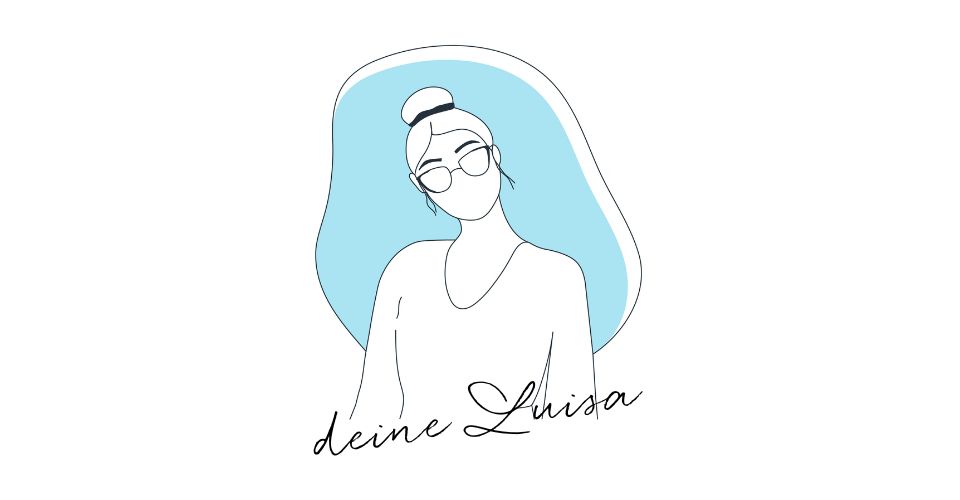

Beauty editor
SIMILAR POSTS
You Might Also Like

